Start Licensing’s Ian Downes spots two examples of successful long-term business this week.
Two long-standing pieces of licensing activity caught my eye this week and were strong reminders that licensing can be a long-term business. Sometimes we can get wrapped up in the race to new deals that we forget the value of long-term partnerships and the fact that a well crafted licensing deal can bring long-term benefits.
The first piece of activity that caught my eye was something that caught my eye last year as well – it is McDonald’s promotional use of Monopoly. I am not sure how long this promotion has been running, but it must be a candidate for one of the longest running licensed promotions. Monopoly is a great fit for promotions and this one makes great use of the gameplay at the heart of the Monopoly brand. It is centred on rewards including instant wins. It works well visually in-store and outside stores – it is a real call to action.
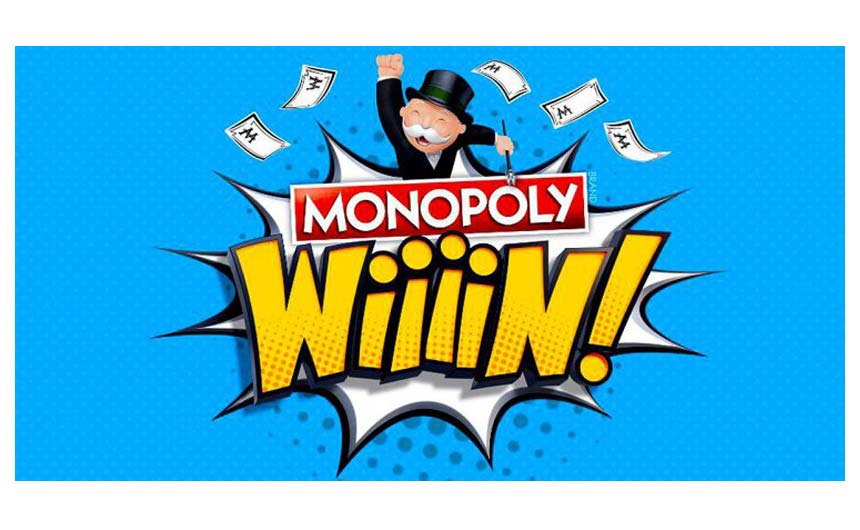
I suspect McDonald’s regard this promotion as a core part of its promotional calendar and that consumers almost expect it. I am guessing the fact that it is repeated seemingly on an annual basis that it is a very successful piece of activity. It is a great case study for licensing not least the fact that it is a long-term licence.
While it is difficult to predict how things will turn out, this Monopoly promotion is a great yardstick for the industry to point to. I am surprised more toy and games companies don’t try to activate their brands promotionally in a similar way. There are a lot of classic board game brands that could be adapted for promotions I think. Indeed Monopoly’s owner Hasbro has also enjoyed promotional success with Cluedo over the years.

It has been a good few weeks for Hasbro in the promotional space as I noticed that Moneysupermarket is currently using Action Man in the latest TV advertising campaign. A clever use of an iconic brand and character. A further example of how licensed characters can be a great source of creative inspiration and content to the advertising community. I am curious as to what the next property that might feature in this campaign might be – answers on a postcard.
The other long-standing bit of licensing I saw this week was Panini launching its World Cup sticker collection. The collection has been TV advertised and features in very strong retail displays. The displays and advertising make great play of the fact that this is an Officially Licensed Collection – a small indicator that the terms ‘Official’ and ‘Licensed’ are understood by consumers perhaps, but also a gentle warning shot to the rest of the market about the status of the collection.
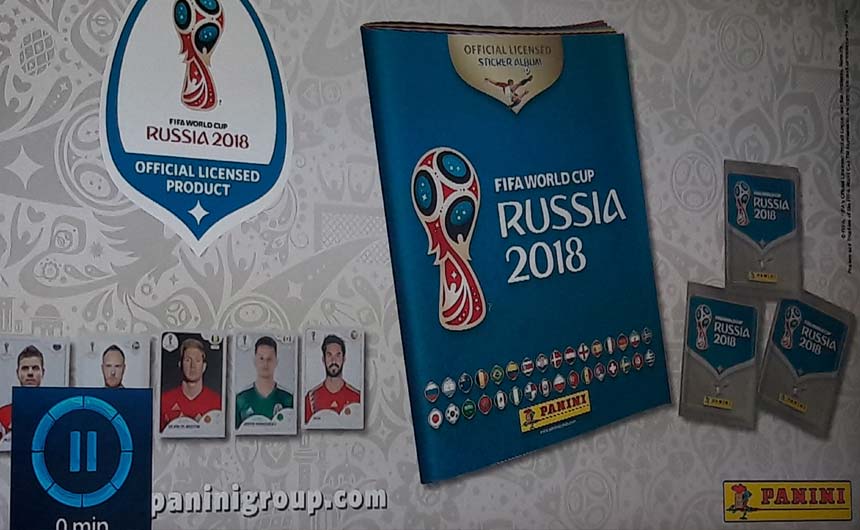
I am not a sticker historian, but I believe Panini has held the World Cup licence for many years. It is clearly a significant licence to have in the category but is one that presents a lot of challenges not least which players to include – I believe the ‘real’ squads for the tournament are not announced until mid May while Panini’s squads were announced at the end of March.
I guess if you are Panini you hope that you have got your squad selection right and you don’t get too many injuries. It is bad enough managing and selecting one team for the tournament!
Panini has also been at the centre of a debate about the cost of the collection recently. I believe the cost per packet has gone up for this tournament – maybe in a pro rata fashion that corresponds to the value of players? There has also been an academic study into the cost of completing a collection – I think the figure quoted was around £700 which takes into account the probability of which stickers you will get and the instances of doubles.
While I agree there has to be a serious thought about the cost of licensed goods – and licensees like Panini are I am sure very mindful of this – I do think that one of the strengths of a sticker collection is the experience it delivers to consumers. I believe consumers especially younger ones enjoy the surprise element of collecting, swapping doubles with their friends and the satisfaction of completing a collection. For the time they are collecting they have a real passion and a new hobby. Yes cost is an issue, but there is value in the collection and collecting.
It is good to see licensing playing a part in the World Cup and I think consumers expect to be able to buy a World Cup Sticker Collection – its release is almost like a starting gun for the tournament and part of the tradition of World Cups.
It is also good to see a Millwall player featured in a World Cup Collection. This is not something that happens a lot, but I am tempted to buy a few packs to see if I can ‘get’ Tim Cahill to mark the occasion.
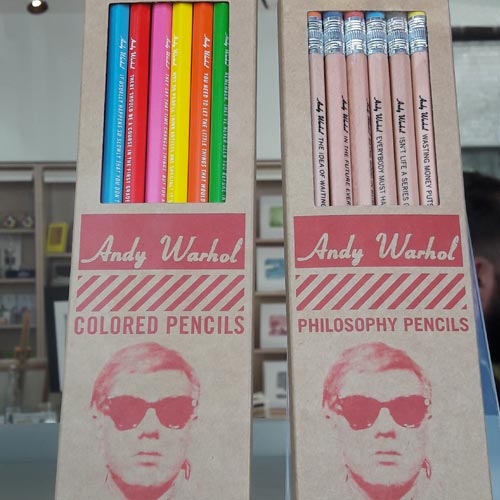
A trip to Hastings also reminded me of how galleries and museums seem to be embracing licensing and licensed products more readily these days. The Jerwood is a relatively new gallery space and is located on The Stade in Hastings – a very prominent location. It has a shop in the gallery and the shop window literally looks out on the street.
The window display caught my eye as it featured products using artwork and brands such as Keith Haring, Andy Warhol and also Miffy. Licensees seem to recognise that there is a market for well produced gift, publishing and housewares products featuring famous artists and artwork, while owners of artist estates or the artists themselves recognise that there is a value in licensing material from their collections.
The products on sale at the Jerwood were well produced, designed well and represented the artwork well – they weren’t standard products and were priced above the average, but I think in the context of a gallery shop consumers would still buy these sort of products.
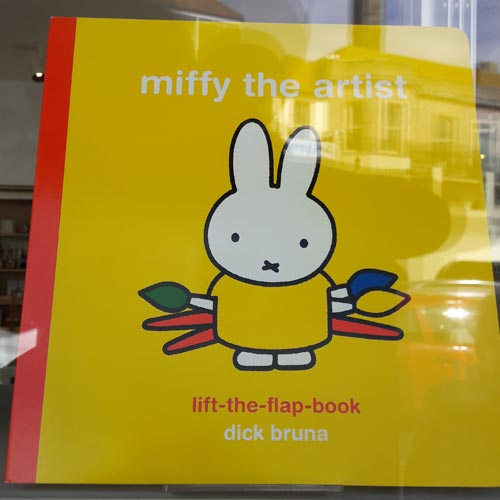
The Miffy product on sale was a book – Miffy the Artist – which has been developed I think in part to capitalise on this market sector. I have also seen it on sale in the Tate Modern shop. A good example of creating products that fit specific markets.
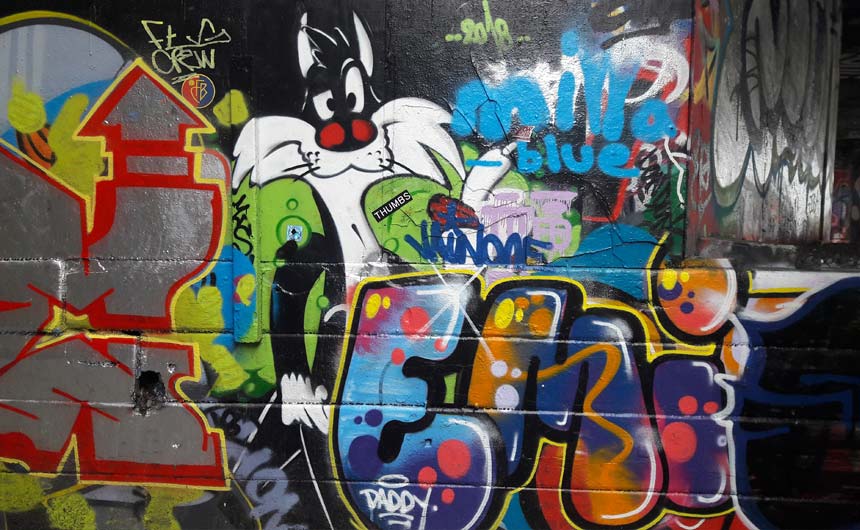
Finally, I spotted a well hidden bit of character based street art this week – a rather nice version of Sylvester the Cat was hidden at the back of the Undercroft on London’s South Bank which is well known as a hub for skateboarding.
I was up on the South Bank early enough that there weren’t any skaters around so I could explore the space and was rewarded with Sylvester. Another one to add to my virtual sticker book of Street Art Characters – this collecting game can be fun!
Ian Downes runs Start Licensing, an independent brand licensing agency. His Twitter handle is @startlicensing – he would welcome your suggestions for what to look out for.































